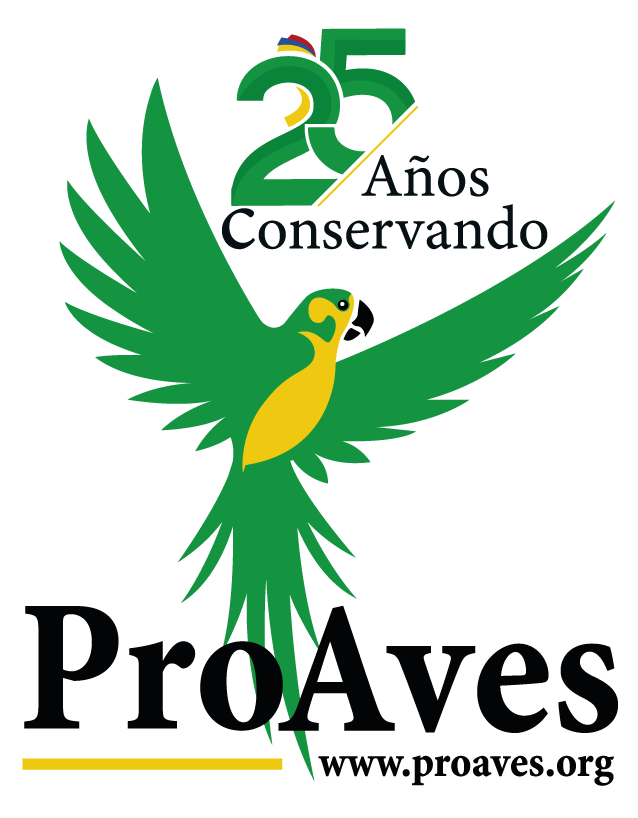Fundación ProAves – por la conservación en el país de las aves
Andinobates tolimensis
Ranita Dorada
ProAves Reserve
Ranita Dorada
ProAves Reserve
Date created: 2008
Average Temperature: Between 59 to 71 °F
Ecosystem: Low montane very humid forest
Weather: Tropical humid
Altitudinal range: Between 1,580 – 1,900 AMSL
Key species: Andinobates tolimensis, Andinobates dorisswansonae and Nymphargus rosada
Key species
The municipality of Falan presents a high index of fauna diversity with records to date of 291 bird species, of which 6 species are endemic to Colombia Ortalis columbiana, Capito hypoleucus, Myiarchus apicalis, Euphonia concinna, Habia gutturalis, Atlapetes flaviceps.
40 species of mammals of which the presence of Saguinus leucopus, endemic marmoset EN and the night monkey (Aotus griseimembra) VU (Quevedo, 2002.) stands out, there are additionally extra-limited records of Coral Snake (Micrurus ancoralis) and an Echinosaura lizard horridus Gymnophthalmidae for the central mountain range.
Additionally, a representative number of endangered amphibians are reported: Cochranella rosada EN, Cochranella susatamai VU, Cochranella punctulata VU, Centrolene prosoblepon LC, Centrolene robledoi VU, Bolitoglossa lozanoi LC, Eleutherodactylus fallax EN, Eleutherodactylus penelopus VU, Eleutherodactylus raniformis VU.
Location
It is located on the western flank of the central mountain range in the locality of the village of El llano, belonging to the village of Frías, in the southwest of the municipality of Falan north of the department of Tolima, Colombia (5º 01’N 75º 02’W) (See map).
Ecosystem
According to the Holdridge life zone classification system, the locality can be considered as low montane very humid forest (bmh-MB) (IGAC 1977).
